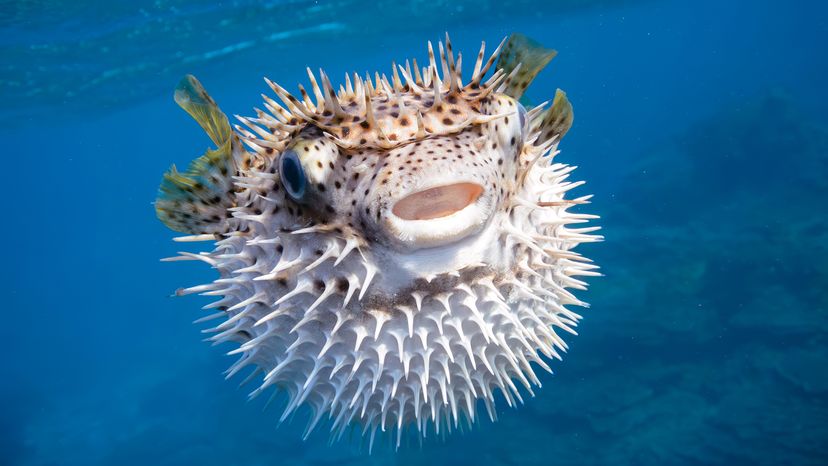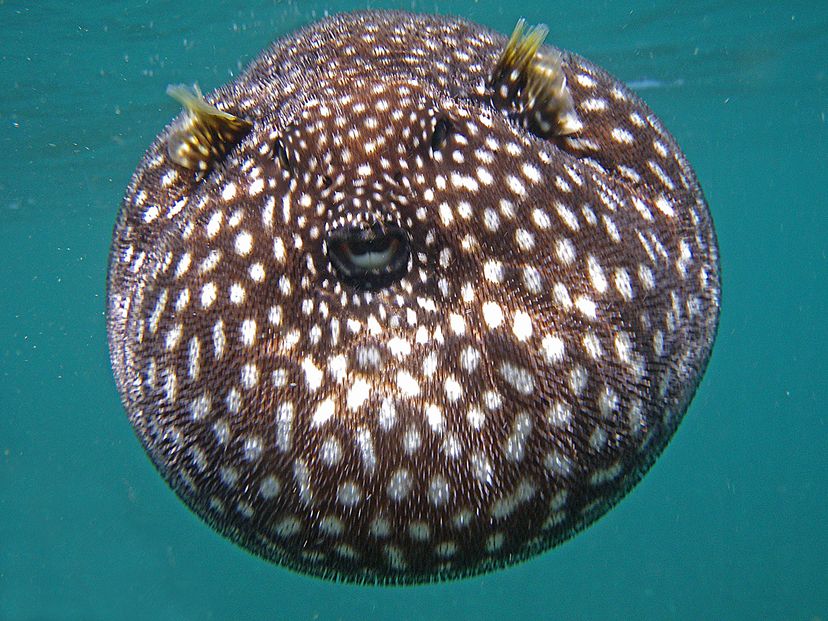
You've probably seen pufferfish on TV or at your local aquarium, puffing up like a balloon when they're startled. But there's way more to pufferfish than their signature defense mechanism. They're a diverse group of species with some truly unique traits.
Now, when we talk about pufferfish, we're really talking about an entire family of fish known scientifically as Tetraodontidae. This family includes many species — over 190, in fact. And they can be found in all sorts of environments, from tropical seas to brackish waters near the coast.
Advertisement
